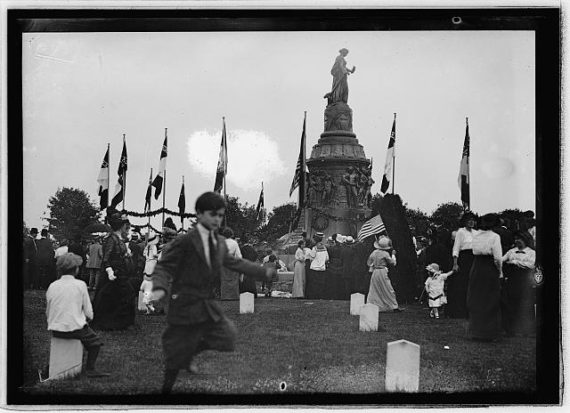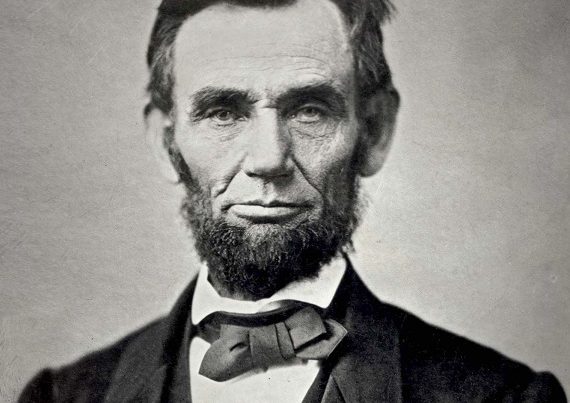
Confederate statue critics increasingly argue that the monuments should be torn down because they honor traitors. Among such advocates is Christy Coleman, CEO of the Richmond’s American Civil War Museum. While the most common response to her interpretation is to argue that secession was possibly legal, but a more compelling point is that President Andrew Johnson pardoned the soldiers no later than 1868. Moreover, four years later President Ulysses Grant signed a bill that conferred amnesty pertinent to 14th Amendment restrictions on all but about five hundred ex-Confederates thereby enabling them to be elected to Congress and other offices. Given the reconciling attitude of early post-war Northerners, the intolerance of today’s statue enemies seems deliberately invidious.
On Christmas 1868 President Andrew Johnson granted all former Confederates a “full pardon and amnesty for the offense of treason against the United States” after having granted the pardon to most of them at various times between May 1865 and Christmas 1868. Significantly, the Supreme Court’s 1866 Ex-Parte Garland ruling concluded that a “full” pardon granted a legal status of innocence to the offender.
Arkansas attorney Augustus Garland brought the case to restore his right to practice law, which he had lost under a 1865 federal law because he was previously a member of the Confederate Congress. He argued that his pardon forbid a continuation of the punishment. In explaining the majority opinion in favor of Garland, Justice Stephen Field went even further: “When the pardon is full, it releases punishment and blots out the existence of guilt, so that in the eye of the law the offender is as innocent as if he had never committed the offense.”
As regards the secondary argument that Southern secession may have been legal, even some of the historians most hostile to Confederate heritage admit the possibility. Allen Guelzo, for example, recently conceded in his analysis of a hypothetical treason case against Robert E. Lee that the constitutional question of whether a citizen’s primary relationship was to his state, or the Union of states, was unclear:
Nowhere in the Constitution, as it was written in 1787, is the concept of citizenship actually defined. In the five places where the Constitution refers to citizenship, it speaks of citizens of the states, and citizens of the United States. But the Constitution made no effort to sort out the relationship between the two, leaving the strange sense that Americans possessed a kind of dual citizenship, in their native State . . . and in the Union.
[U]ntil the Civil War settled matters, there was a plausible vagueness in the Constitution about the loyalty owed by citizens of states and the Union, and so long as it could be argued that Lee was simply functioning within the latitude of that vagueness by following his Virginia citizenship, it would be extraordinarily difficult to persuade a civilian jury that he had knowingly committed treason.
In 1860 few Southern farmers ever travelled outside their states. Most seldom went beyond the borders of their own county. It was with family and neighbors, not causes, that the Southerner was chiefly linked. He went to war because his homeland was invaded. In 1892 Knoxville was one of the first towns to erect a Confederate statue, only twenty-seven years after the war had ended. Thus, a dedication speaker was acquainted with many veterans when he said, “the Southern soldier believed his allegiance was due, first to his state and then to the general government. . . So when his state called for his service, he responded believing it to be his duty.”
Even in the postbellum era when the region was economically exploited much like Ireland was by Great Britain, Southerners generally responded to calls-of-duty. Presently, for example, the South accounts for 44% of America’s military as compared to only 36% of her population.






